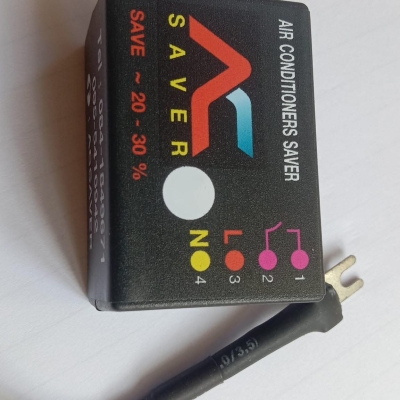Pi Network: A Digital Alternative to Universal Basic Income 💰
In an era where the discussion around Universal Basic Income (UBI) has gained momentum, Pi Network is emerging as a digital alternative that aligns with the evolving technological landscape. As debates continue on how to address income inequality and ensure financial stability in an increasingly automated world, Pi Network offers a unique approach by leveraging blockchain technology to create a decentralized economy where value is shared among its participants. 🌍
Understanding Pi Network 🔍
Pi Network is a cryptocurrency project that was launched in 2019 by a group of Stanford graduates. Unlike traditional cryptocurrencies like Bitcoin or Ethereum, which require significant computational power and energy consumption, Pi Network aims to make cryptocurrency accessible to everyday users through mobile mining. 📱 This innovative approach allows users to mine Pi coins on their smartphones without draining their battery or using excessive data.
The network operates on a consensus algorithm called the Stellar Consensus Protocol (SCP), which is energy-efficient and more scalable than traditional proof-of-work models. ⚡ The ultimate goal of Pi Network is to create a secure, decentralized, and user-friendly digital currency that can be widely adopted and used in everyday transactions. 💳
Pi Network as a UBI Alternative 🤔
Universal Basic Income is a policy proposal that involves providing a fixed, unconditional sum of money to every citizen, regardless of their income or employment status. Proponents argue that UBI could help reduce poverty, address income inequality, and provide a safety net in an economy where automation and AI are displacing jobs. However, funding a UBI program is a significant challenge, and critics often raise concerns about its feasibility and long-term sustainability. 💸
Pi Network presents an alternative solution by distributing digital currency to its users in a manner similar to UBI, but with key differences:
1. Decentralized Distribution: 🌐 Unlike UBI, which requires government intervention and funding, Pi Network operates on a decentralized model. The currency is distributed to users based on their participation in the network, rather than through a centralized authority.
2. Incentivized Participation: 🛠️ Pi Network encourages users to actively participate in the ecosystem by validating transactions, securing the network, and growing the user base. This approach not only distributes currency but also incentivizes contributions that strengthen the network.
3. Global Reach: 🌎 Pi Network transcends national borders, allowing people from all over the world to participate. This global accessibility contrasts with UBI programs, which are typically limited to specific countries or regions.
4. Sustainability and Scalability: 📈 The underlying blockchain technology of Pi Network is designed to be scalable and sustainable, addressing some of the concerns associated with funding and maintaining UBI programs over the long term.
5. Empowerment Through Ownership: 🏆 By giving users the ability to mine and own Pi coins, the network empowers individuals to participate in the digital economy. This ownership model contrasts with the top-down distribution of UBI, where individuals receive benefits without direct involvement in the creation of value.
Challenges and Considerations ⚠️
While Pi Network offers a promising alternative to UBI, there are challenges and considerations that must be addressed:
- Adoption and Usability: 📲 For Pi Network to become a viable alternative to UBI, it needs widespread adoption and acceptance as a legitimate form of currency. This requires building a robust ecosystem where Pi coins can be easily used for transactions and exchange.
- Regulatory Landscape: 🏛️ As with all cryptocurrencies, Pi Network must navigate a complex regulatory environment. Ensuring compliance with international laws and regulations will be crucial for its long-term success.
- Volatility and Value Stability: 📉 Cryptocurrencies are often subject to price volatility, which could pose challenges for users relying on Pi coins as a stable source of income. Mechanisms to stabilize value and manage volatility will be important for the network's credibility.
Conclusion 📝
Pi Network represents a novel approach to addressing some of the issues that Universal Basic Income seeks to solve. By leveraging blockchain technology, it offers a decentralized, scalable, and globally accessible digital currency that empowers individuals and incentivizes participation. While there are challenges to overcome, Pi Network has the potential to redefine how we think about income distribution in the digital age, making it a compelling alternative to traditional UBI models. 🚀















Jeson Fernandez
মন্তব্য মুছুন
আপনি কি এই মন্তব্যটি মুছে ফেলার বিষয়ে নিশ্চিত?